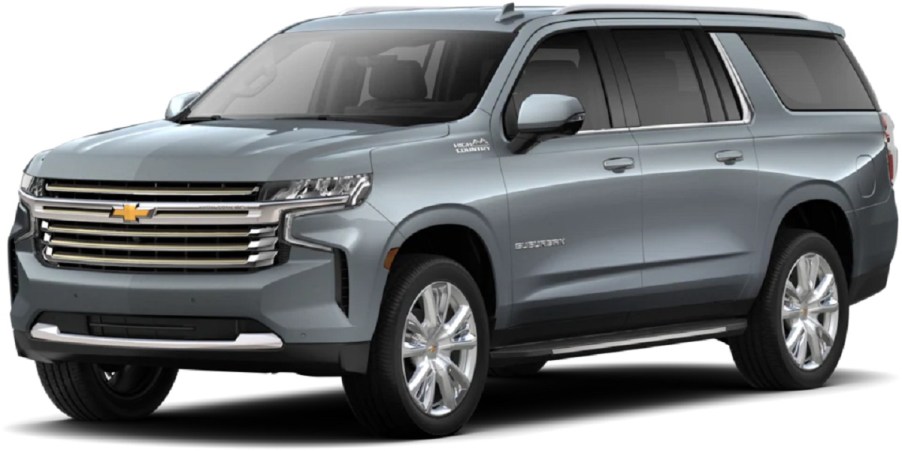
The Biggest Problems With SUVs
SUVs continue to grow in popularity. In fact, in 2019, people bought two times as many SUVs as cars. It’s no surprise, considering all that SUVs offer. They have plenty of space for people and things, and they’re generally pretty safe. Yet SUVs aren’t perfect. Here are some of the biggest problems with SUVs.

SUVs are more likely to roll over than cars
It’s probably nothing new to hear that SUVs are more prone to rollovers. One of the biggest reasons that SUVs roll over more than cars is that they have a higher center of gravity and can be top-heavy. This means that when the vehicle turns sharply, as can happen if it is struck or the driver makes a sudden and sharp maneuver, there is a higher possibility that it will roll over than a car in the same situation.
It can be harder to brake in a large SUV
The bigger and heavier a vehicle is, the more time it takes to stop it when it’s braking. If you compare how long it takes the 2021 Chevy Suburban to stop from 60 mph on dry pavement (145 feet) to a small sedan like the 2021 Toyota Corolla (134 feet), you can see that the larger vehicle is at a disadvantage.
SUVs can be dangerous for other cars on the road
When two vehicles are in an accident with one another, the larger vehicle tends to fare better. While this may be reassuring to the occupants in SUVs, it can be fatally problematic for those in cars.
SUVs typically keep moving forward in accidents with lighter cars. Because of this, occupants in the heavier vehicle don’t receive the same force of impact as those in the smaller vehicle. Instead, the SUV pushes that force onto the smaller car.
Are SUVs bad for the environment?

It’s no secret that SUVs aren’t known for having great fuel efficiency. Just how bad is this for the environment? Wired says that “The preference for heavier SUVs is offsetting fuel-efficiency improvements in smaller cars and carbon savings from the growing popularity of electric cars.”
Wired also points to a report by the International Energy Agency which found that SUVs are the second-biggest cause of the rise in global carbon dioxide emissions since 2010.
Is buying an SUV worth it?
There are things that can be done to combat some of the biggest problems with SUVs. Driving carefully is one of the top ways to stay safer in them. There is a consensus among safety experts that SUV drivers tend to drive more carelessly than their small-car counterparts, at least partly because they feel safer in their vehicles. By slowing down and taking turns carefully, SUV drivers can reduce the likelihood of an accident and rollover.
Another way to stay safe in an SUV is to leave plenty of time to brake. Don’t follow other vehicles too closely, and remember that it takes longer to slow down and stop in a large SUV.
As far as reducing the carbon footprint of SUVs, there are steps that can be taken. Driving less is always good for the environment, so walking when possible and driving less frequently will certainly help. Car manufacturers are starting to make more hybrid and electric SUVs, which will also allow people to keep the vehicles they love while doing less damage to the environment.
Even though SUVs have their problems, they likely aren’t going away any time soon. Not only do they have a lot of great attributes like space and safety, but people like them. And as long as people are buying them, car manufacturers will continue to make them. Yet we can try to minimize some of the biggest problems with SUVs when possible.


